Few natural spectacles are as breathtaking as watching the flamencos in Costa Blanca, gracefully gliding over the shimmering waters of the region’s salt lagoons. Their soft pink feathers glow under the golden southern sun, creating a scene so beautiful it feels almost unreal — a postcard come to life.
Every year, thousands of these elegant travellers — the flamencos (the Spanish word for “pink flamingos”) — take flight, covering vast distances in search of the perfect spot to splash, feast, and, if luck is on their side, settle down.
Sounds familiar? 😉
Just like many expats in Spain, some arrive drawn by the climate, others by the food, and many end up staying much longer than they originally planned.
Whether feathered or on two feet, it seems that Costa Blanca has a special way of capturing hearts longing for a new beginning.
From the peaceful wetlands of Marjal de Pego-Oliva in the north to the iconic pink salt lake of Torrevieja in the south, these graceful birds find their sanctuary — often in places where, let’s be honest, we wouldn’t mind dropping our suitcases either.
Meet the flamencos: nature’s elegant expats
The pink flamingos (Phoenicopterus roseus) are instantly recognisable with their long, slender legs, elegantly curved necks, and striking pink plumage.
But don’t be fooled — they aren’t born this colourful. Hatchlings emerge a rather dull grey and only turn pink after months of dining on algae and tiny crustaceans.
Proof that, much like the expat life, you really are what you eat!

Flamencos are natural socialites, living in large, spectacular colonies, gliding in perfect harmony across Costa Blanca’s saltwater lagoons.
Their elaborate courtship dances are not to be missed . Think of it as a feathered version of speed-dating, where synchronised moves are everything if you want to impress the right partner.
Despite their delicate appearance, flamencos are surprisingly tough.
They thrive in waters so salty that few other species would dare to dip a toe. A resilience that might remind some expats of their early encounters with Spanish bureaucracy!
👉 Check expert information on the website of the Spanish Ornithological Society.
Where to see flamencos in Costa Blanca
Whether you’re a birdwatcher, a nature lover, or simply looking for a memorable day out, here are some of the best places to admire flamencos in Costa Blanca:
1. Marjal de Pego-Oliva Natural Park
📍 Border of Alicante and Valencia provinces
📅 Best time: February to June
A peaceful oasis between mountains and marshes, perfect for those who prefer birdsong over beach bars.
2. El Hondo Natural Park
📍 Near Elche and Crevillente
📅 Best time: All year, peak in winter
A true paradise for birdwatchers, with large flocks of flamencos especially visible during the cooler months.
3. Salinas de Santa Pola Natural Park
📍 Santa Pola
📅 Best time: October to March
A key wintering site where you can observe these graceful birds at close range in a tranquil Mediterranean setting.
4. Salinas de Calpe
📍 Calpe
📅 Best time: All year, peak in summer
A rare urban nature experience, where flamencos live just steps away from the lively town centre and the majestic Peñón de Ifach.
5. Salinas de Torrevieja
📍 Torrevieja
📅 Best time: April to September
A world-famous pink lake where thousands of flamencos gather during spring and summer — a truly unforgettable sight (and a sure hit on Instagram!).
Why flamencos in Costa Blanca love this region
Just like many digital nomads and retirees who chose to live in Costa Blanca, flamencos are drawn here by:
- A mild Mediterranean climate all year round
- An abundance of natural food
- Protected and safe habitats
Beyond their iconic beauty, these birds play a vital ecological role in maintaining the delicate balance of wetland ecosystems.
A truly unforgettable experience
Watching the pink flamingos of Costa Blanca is so much more than a sightseeing trip. It’s a magical encounter with nature at its most poetic.
Whether you’re a long-settled expat, an adventurer in search of new wonders, or simply a lover of the natural world, these majestic creatures are sure to capture your heart. And maybe even inspire you to stay a little longer under the gentle Spanish sun.
👉 Feeling the call to migrate to Spain, just like the flamencos?
Our handy cheat sheet 📋 is packed with essential tips to help you prepare for your very own flight south!
✨ Want to discover more of Costa Blanca’s natural and cultural treasures?
Subscribe to our Newsletter or follow us on social media to stay inspired by our latest adventures!
Frequently Asked Questions (FAQ)
You can spot flamencos at several beautiful natural parks across Costa Blanca. Among them, Marjal Pego-Oliva, El Hondo, Salinas de Santa Pola, Salinas de Calpe, and the world-famous pink lake of Torrevieja.
The best time depends on the site.
From February to June at Marjal de Pego-Oliva.
All year round at El Hondo.
From April to September at the Salinas de Torrevieja..


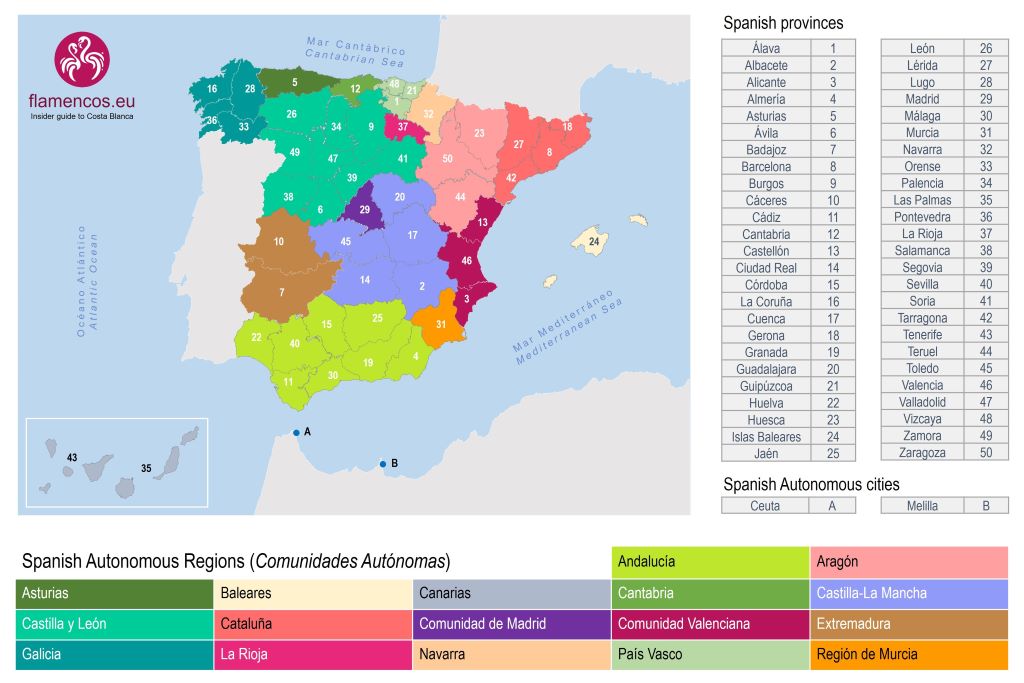
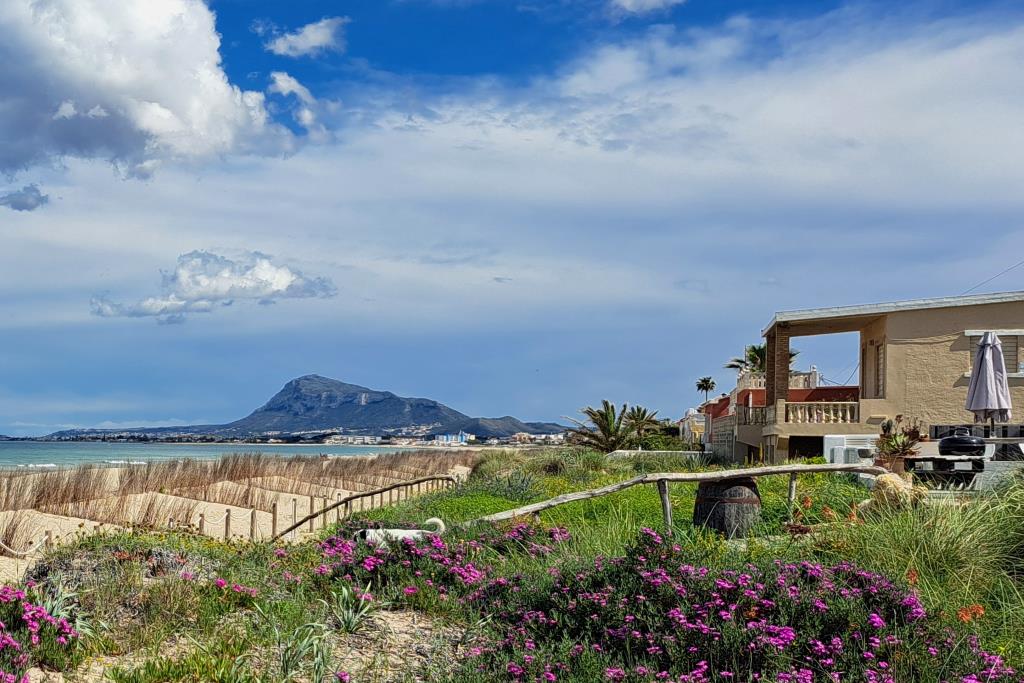

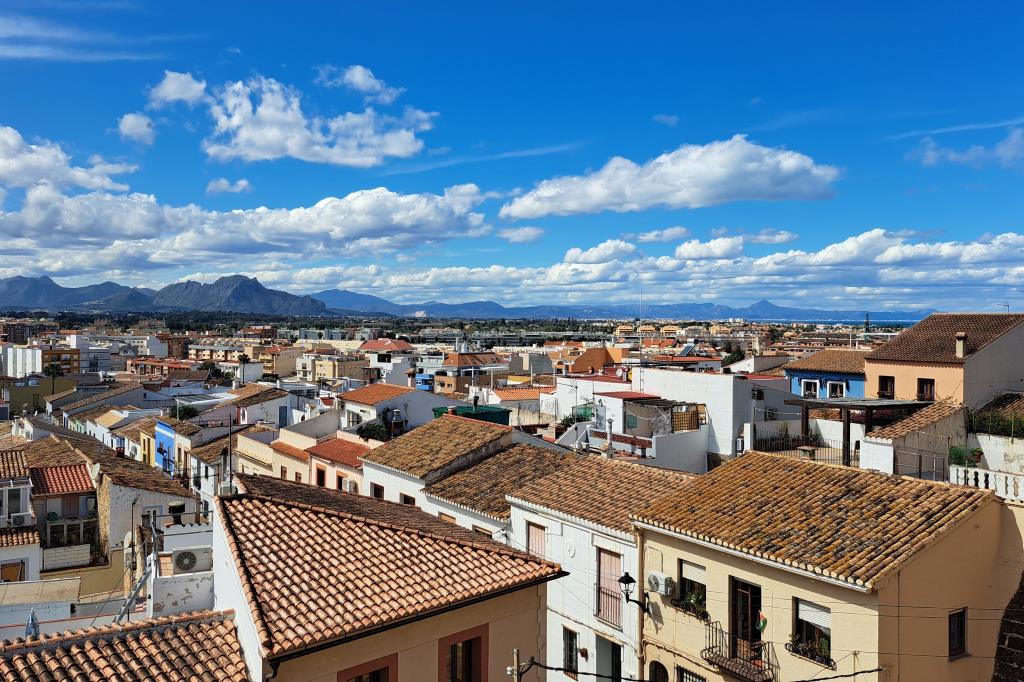
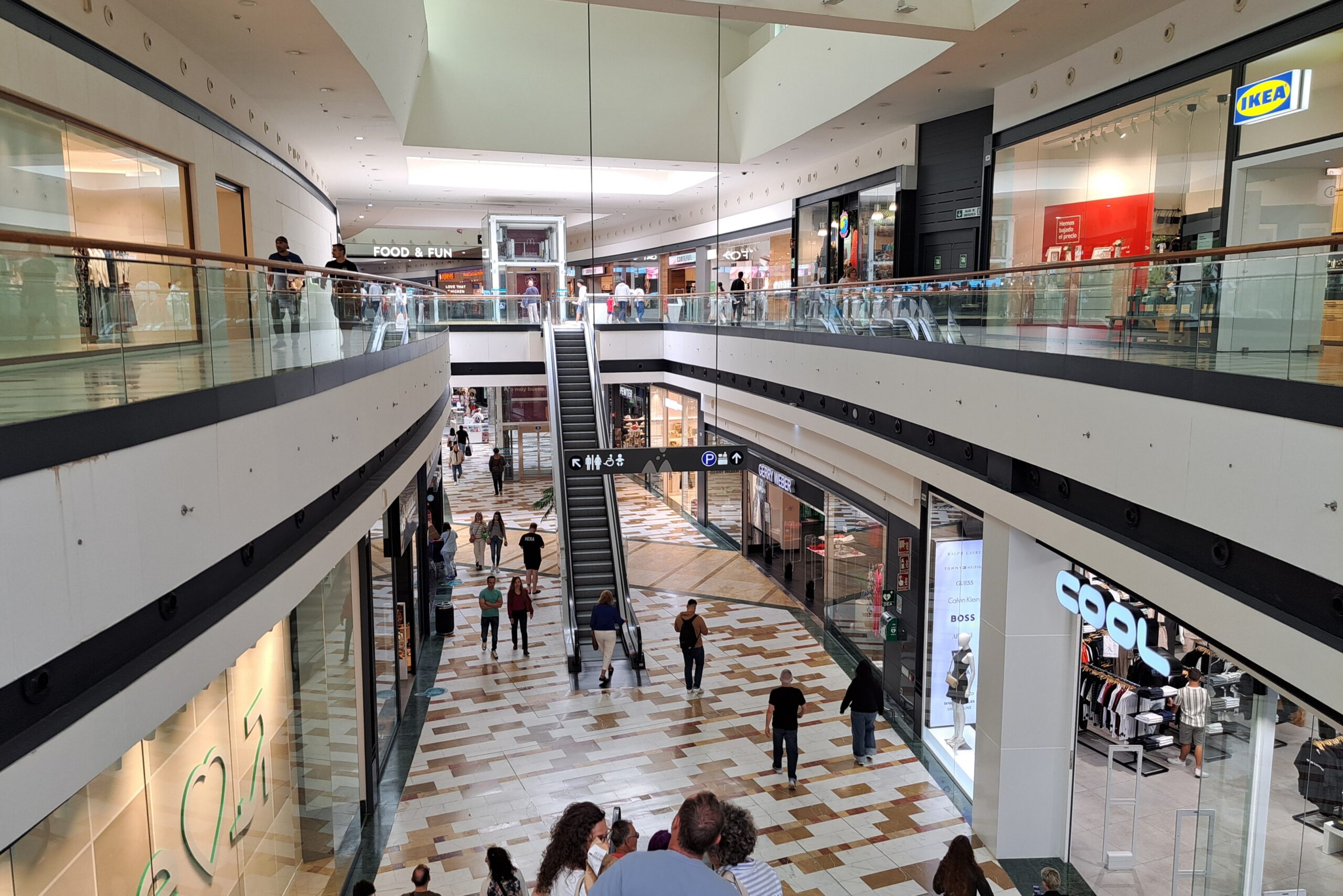

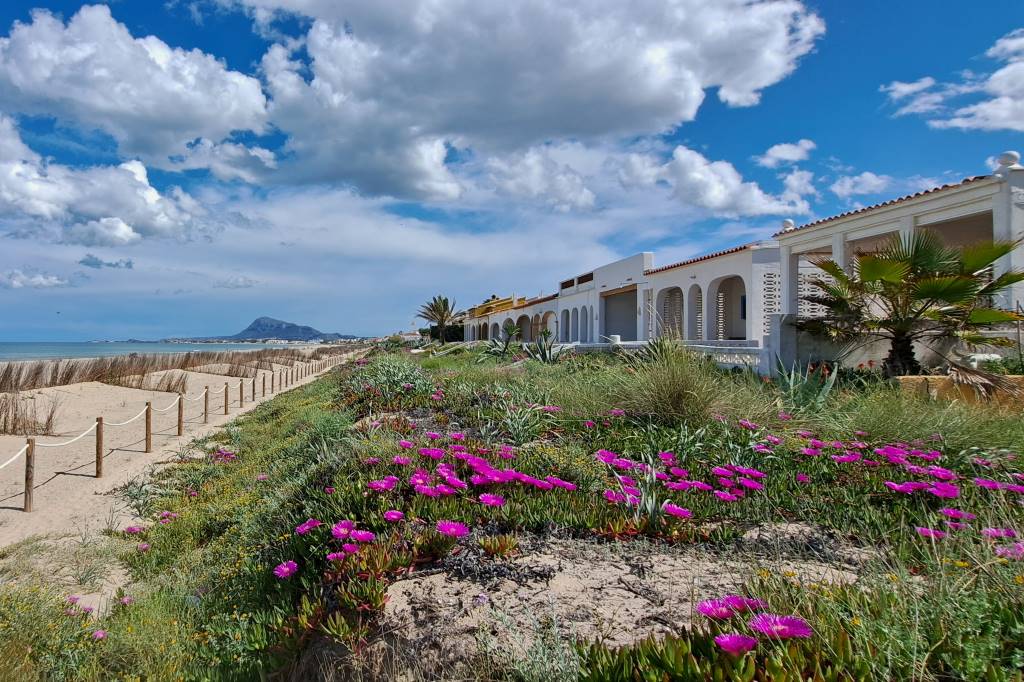

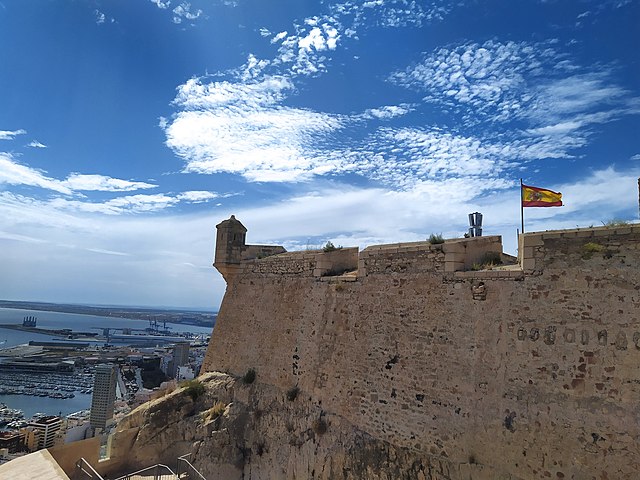
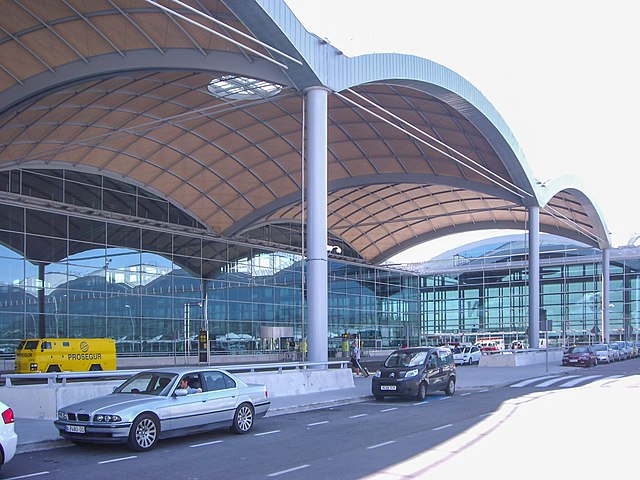
Leave a Reply
You must be logged in to post a comment.